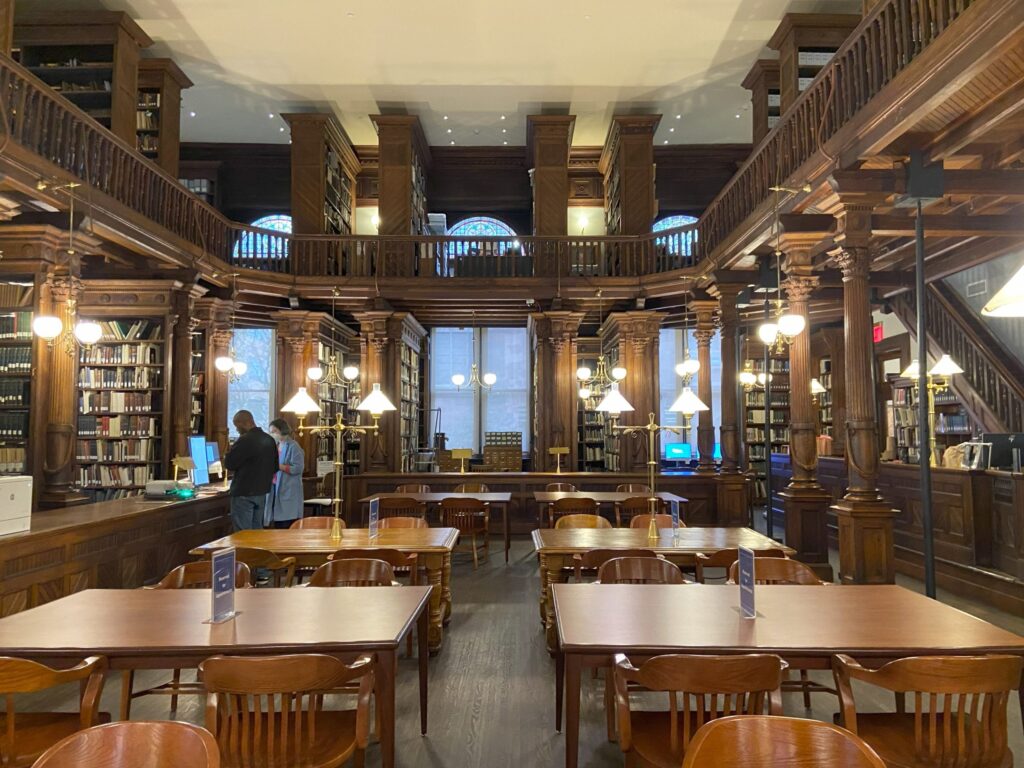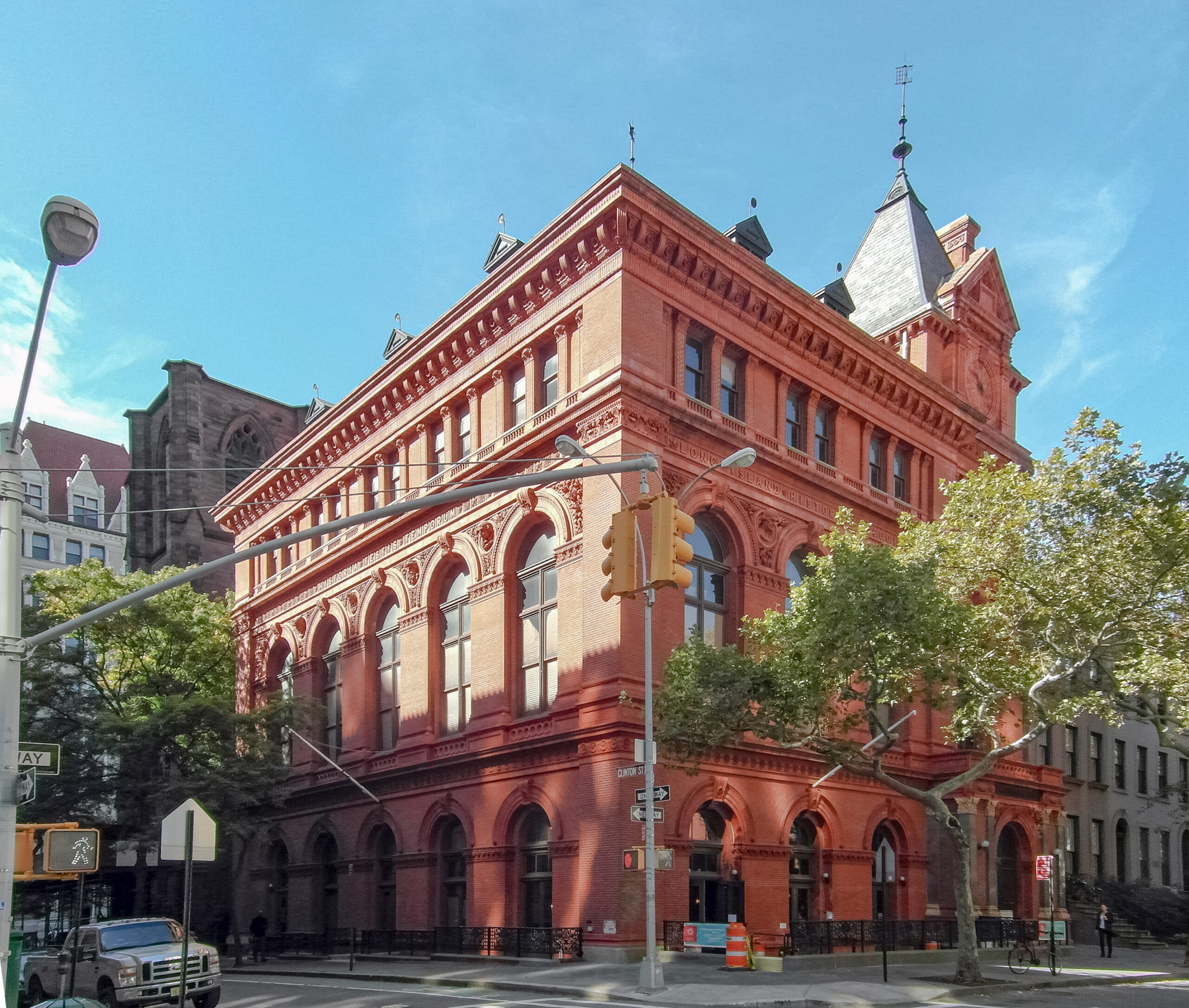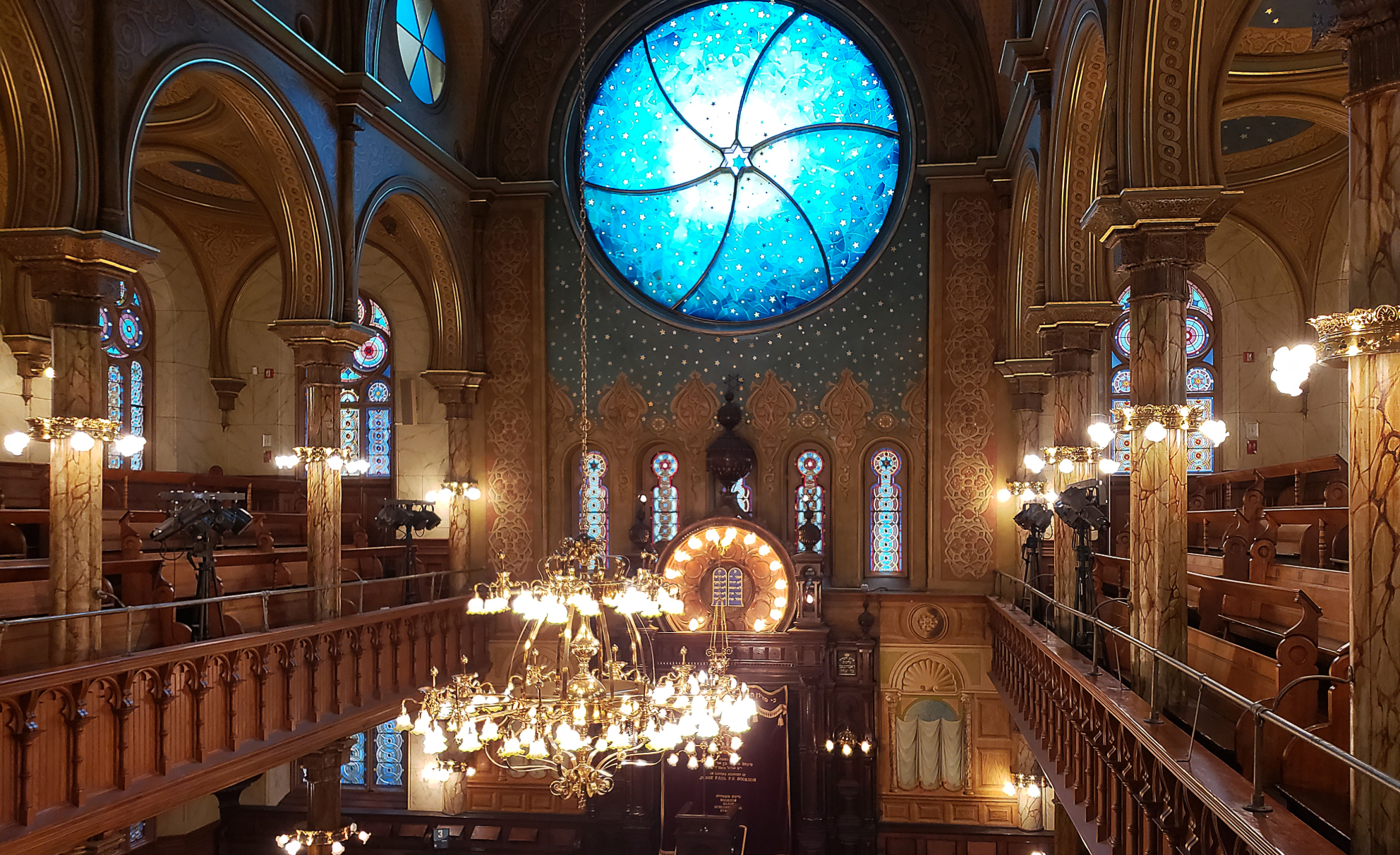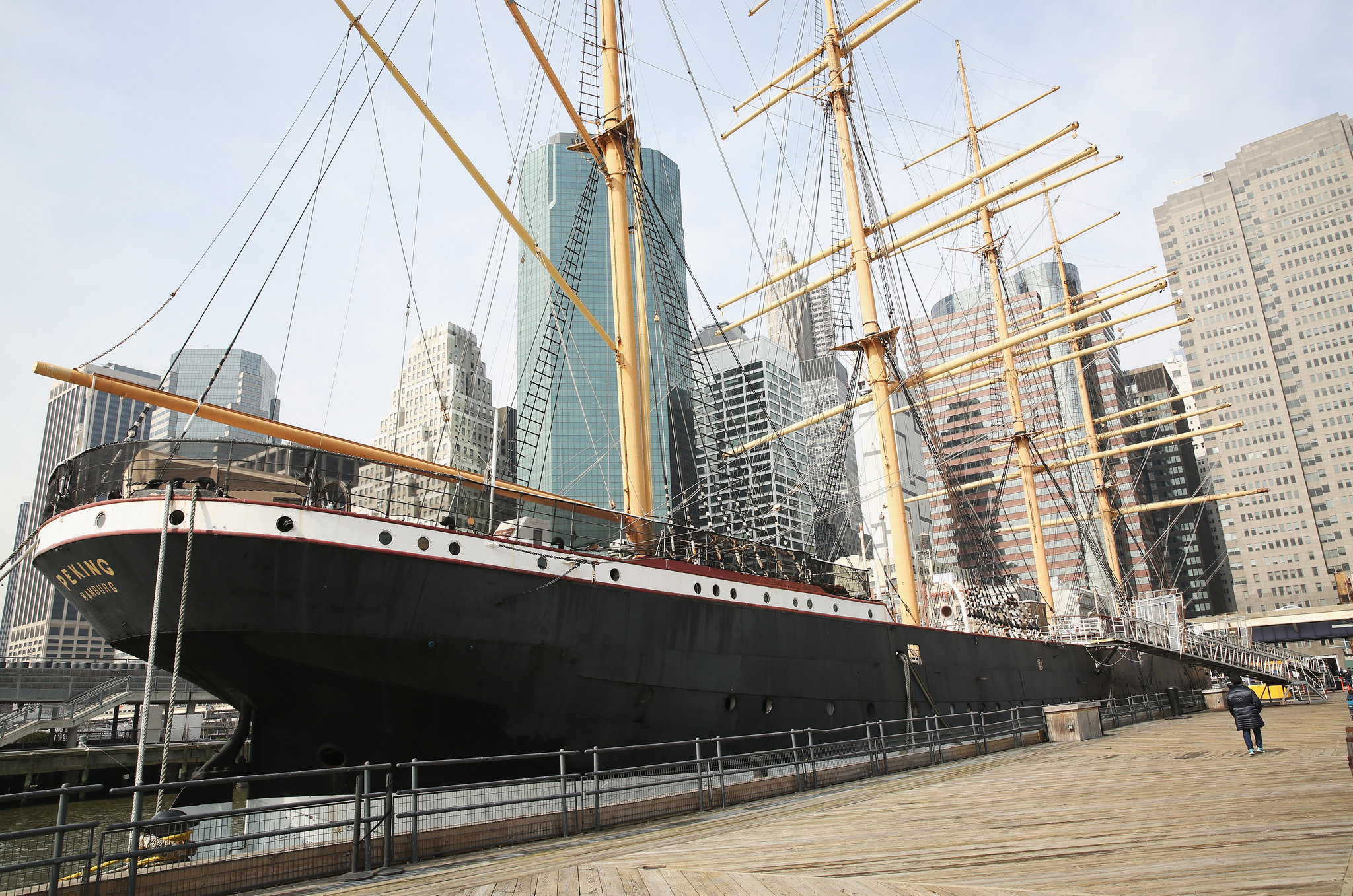The Center for Brooklyn History is a cultural institution in New York dedicated to preserving and sharing the rich history of Brooklyn. It houses archives, exhibitions, and educational programs that celebrate the borough’s diverse heritage.
A small gallery for curious and well-read New Yorkers.
History
The story of the Center for Brooklyn History began in 1863 with the founding of the Long Island Historical Society (LIHS). This happened at a time when Brooklyn was undergoing rapid change: within just a few decades, it grew from a small farming community into the third-largest city in the United States. With civic pride rising, residents felt it was essential to preserve the memory of their city’s past before it faded away.
The founders envisioned the LIHS not just as an archive or museum, but as a space for active historical dialogue. In the 19th century, prominent figures such as newspaper editor and reformer Horace Greeley, writer Arthur Conan Doyle, and abolitionist and women’s rights advocate Julia Ward Howe spoke here.
The fate of the LIHS later mirrored that of Brooklyn itself. The society took part in the city’s consolidation into Greater New York, played roles during major historical events—serving, for example, as the local Red Cross headquarters during World War I—and faced challenges during periods of economic decline.

Building
The Center’s headquarters stands at the corner of Pierrepont and Clinton Streets. It was built between 1878 and 1881, designed by architect George B. Post, who won a competition among 14 contestants. The building is constructed in the Neo-Renaissance style, featuring terracotta decorations by the Perth Amboy Terra Cotta Company and sculptures by Olin Levi Warner, including busts of Michelangelo, Beethoven, Gutenberg, Shakespeare, Columbus, Benjamin Franklin, as well as figures of a Viking and a Native American.
The building has often been described as “one of the city’s greatest architectural treasures,” and its interior as “one of the finest 19th-century interiors in New York.”
Collections and Exhibitions
The Center’s library and archives hold a vast range of materials documenting Brooklyn’s social, cultural, cartographic, everyday, and political history. The collection includes:
- 33,000 books;
- 1,200 interviews;
- 50,000 photographs;
- 2,000 historic maps;
- 8,000 artifacts;
- 300 paintings.

Many of these collections have been digitized and are available online, allowing visitors to explore Brooklyn’s history remotely.
CBH regularly hosts exhibitions and projects—both on-site and virtual—that offer different perspectives on the borough’s past. Recent and upcoming examples include:
Centering Collections: Recent Work at CBH (August 2025 – April 2026)
Reworked archives and long-overlooked stories. Includes items such as Fulton Street trade cards, artifacts from the Hotel St. George, paintings (e.g., Nocturne by Simon Dinnerstein), Fulton Ferry landscapes, and more.
People Making Power: Politics in Brooklyn (October 2025 – August 2026)
Explores the political life of Brooklyn—from neighborhood street politics and local political clubs to Brooklynites’ roles in state and federal legislatures. Highlights how power, activism, and civic engagement took shape.

Memories Matter (2025)
A project focused on reinterpreting Brooklyn’s history and cultural memory.
Beyond exhibitions, CBH offers public lectures, discussions, and educational programs for students in genealogy, urban studies, and social sciences.
Visitor Information
Website: www.bklynlibrary.org
Address: 128 Pierrepont St, Brooklyn, NY 11201
Admission: Free





